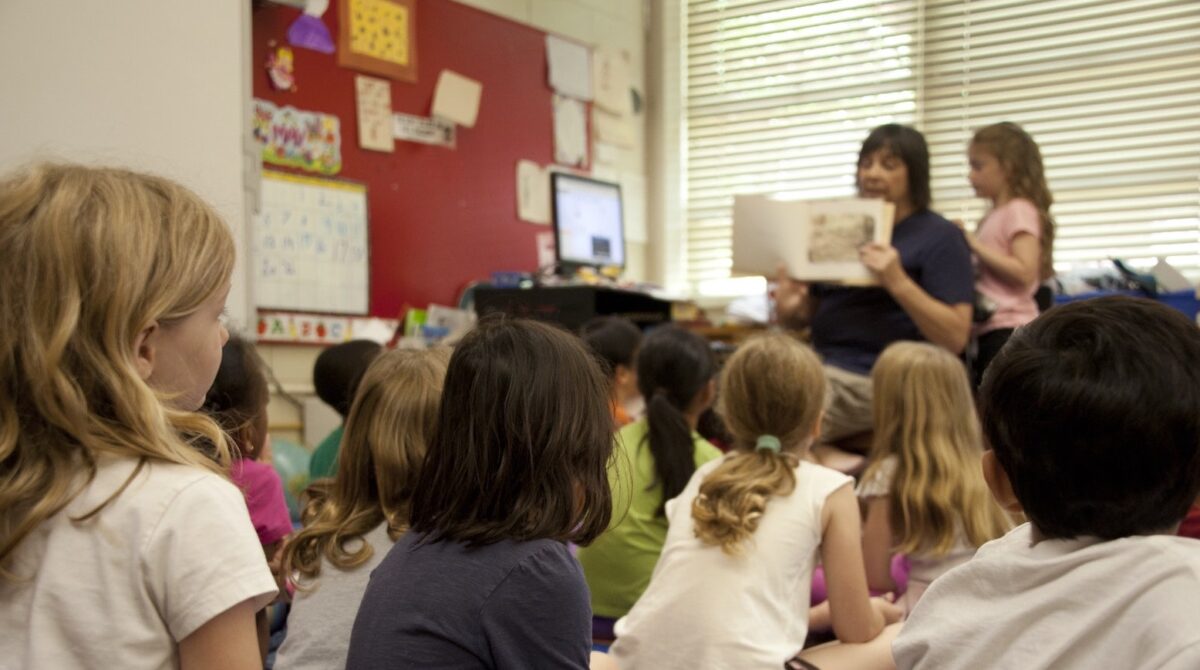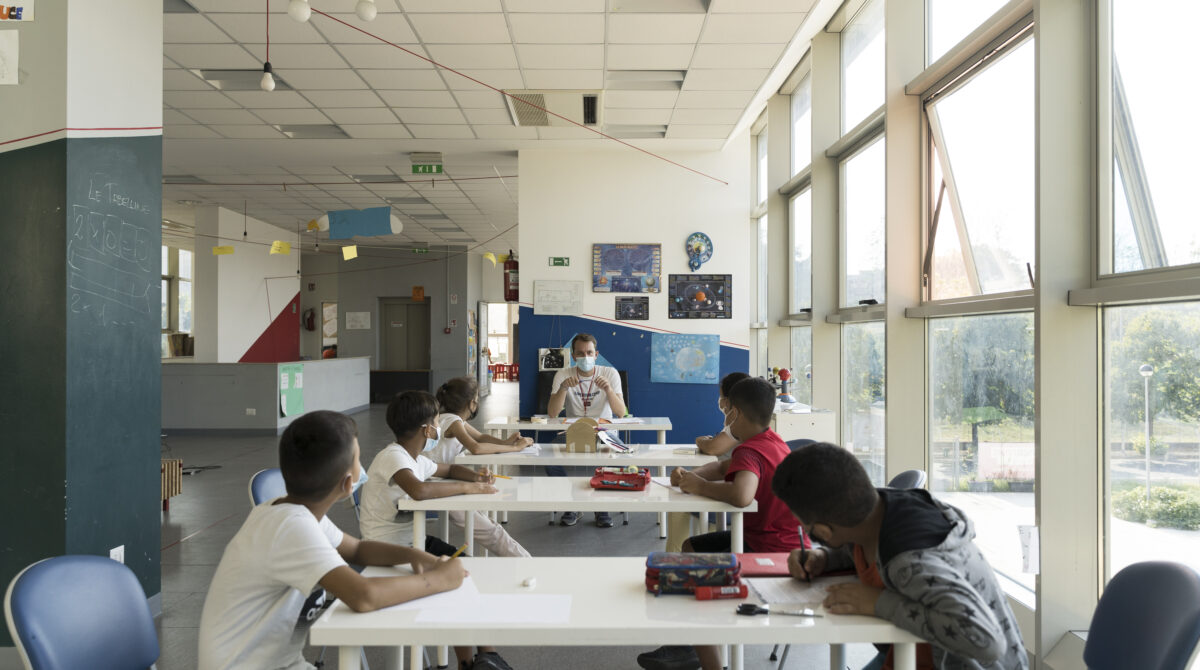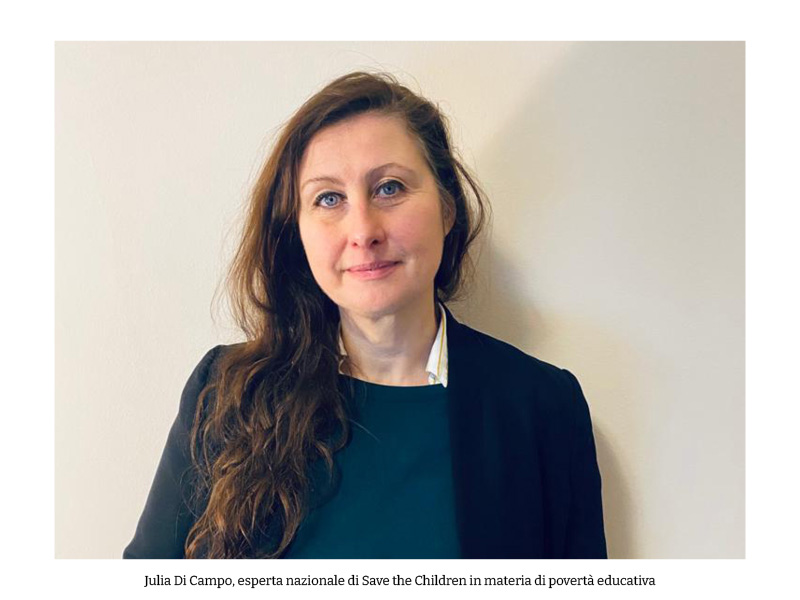One of the Agenda 2030 Sustainable Development Goals is «Ensure inclusive and equitable quality education». The “DOTi: diritti e opportunità per tutti e per tutte” project, financed by the Istituto Buddista Italiano Soka Gakkai through its 8×1000 funds, is perfectly in line with this goal. What is the project about and how did it start?
Already in 2014 Save the Children launched initiatives to combat poverty in education in Italy. Within this context, some Punti Luce (spotlights) were created, i.e. spaces for education where direct support can be offered to children and teenagers aged 6 – 17.
Over time, more concrete actions have been developed to pursue the objectives of equal access to education, study and cultural opportunities, because in our country, as statistics show, these are not available to all young people.
Then we met the Istituto Buddista Italiano Soka Gakkai and the sense of purpose we share has enabled us to launch a new action in various areas in Italy where poverty in education indicators show that children and teenagers live in culturally deprived contexts and with no rights.
The project aims not only at helping them participate in our activities but also at including them in the community networks, helping them get involved, try new experiences and enjoy opportunities that unfortunately are not granted to everyone.
In the Peace Proposal sent to the United Nations in 2022, President Daisaku Ikeda wrote that «the essence of education is to be found in the patient effort of sowing seeds of possibility in the hearts of children and wholeheartedly working toward their full flowering». In the time of crisis and social change we are living in, many youth risk giving up their dreams. How does the DOTi project ensure their empowerment?
The project aims at a broad range of recipients aged 6 – 17 and carries out various types of interventions to meet different needs and stimulate their potential.
A key aspect is granting them the opportunity to understand their interests. For example: how can I know whether I like swimming, or if I prefer studying a specific subject? I can only know if I try it. It may seem prosaic, but it isn’t. Creating the conditions for young people to try something new and test themselves is fundamental for their growth.
Pedagogy shows that, in order to develop your well-being, you needs to test yourself through a trial-and-error process, to understand through experience in which contexts you feels right and how to succeed.
The project offers such opportunities in the form of study support activities, sports activities, attending a cultural center or theater courses, or groups activities such as summer camps where youth learn how to live in a community. In this sense the contribution of Istituto Buddista Italiano has been fundamental.
A crucial aspect of the project is its ability to create networks of trust and solidarity starting from the local community. It doesn’t just support the single child or teenager, but it involves the whole educating community in the process. In the second year of the project, which was recently concluded and was promoted thanks to Soka Gakkai’s 8×1000 funds, this network-creation aspect was further developed through “community endowments”. Could you explain what they are and how they work?
Minors are surrounded by various local community actors, such their family, their school, educators, sports or cultural associations. Community endowments are a strong action tightly connected with the territory, uniting the points of view of all the actors, with their different competences and roles. They are a driving force for the community as they place youth’s needs at the center.
After listening to their desires, together we agree on an education plan with a specific duration. Creating a virtuous cycle of actors around minors means that we can design an achievable growth project, that can also be changed or modified over time.
Through community endowments we have been able to connect with communities, shed light on poverty in education and understand that the concrete tools at our disposal are still insufficient.
In the framework of the project financed by the Istituto Soka Gakkai through its 8×1000 funds, a training was organized to analyze poverty in education with social services and local education agencies; after the training, the proposal to increase community endowments was put forward. This caught the attention of other municipalities that became interested in joining the project.
Is there a message of hope that you wish to send to those youths who are facing a challenging time, and to their families and educating community who are supporting them?
To young people I say: never stop exercising your right to speak, to exploit it in all senses and in every way, because when you exercise your right to speak, those who are capable of listening can understand what you need.
To families and communities I say: please continue ‒ or begin ‒ to listen responsibly.
Poverty in education manifests itself in different ways depending on the area, and community endowments highlight the most critical points. In some areas, minors come from different ethnic backgrounds, in some neighborhoods there are up to 23 different ethnicities. In those cases, we focus mainly on meeting the special education needs linked to learning the language and how to study.
Other areas are faced with concrete challenges such as buying school books or season tickets for public transport. In other areas we work on sports, cultural activities or IT courses. Knowing the various forms of poverty in education is essential in order to spot the unspoken needs.


